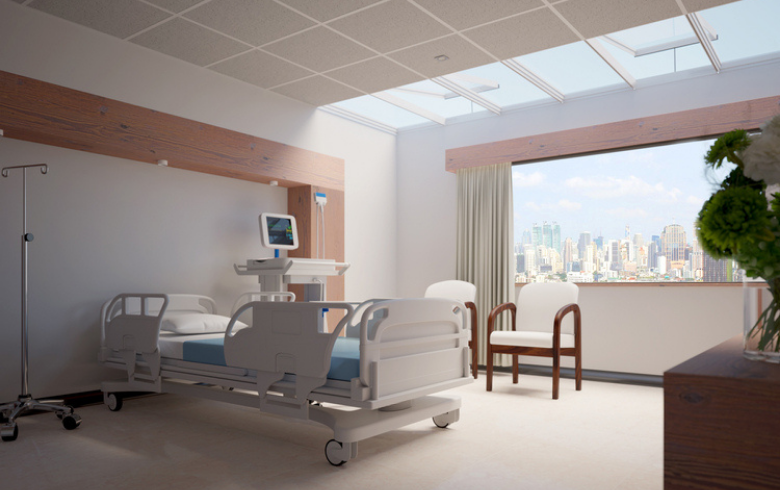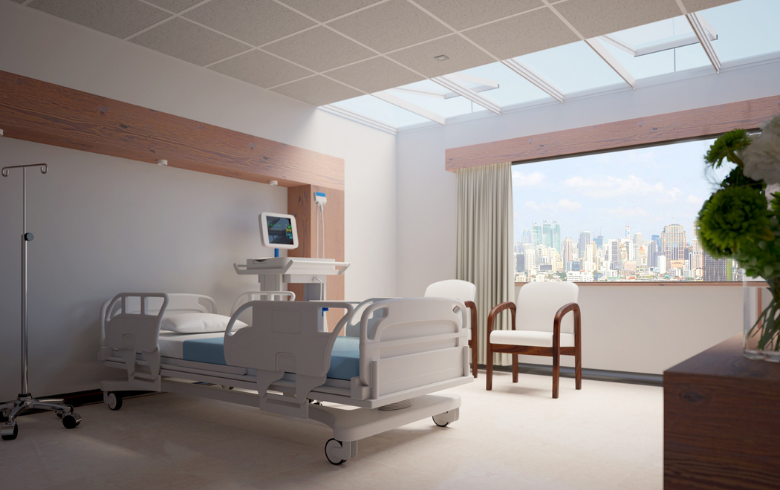The world looks very different today compared to two years ago. The Covid-19 pandemic has affected every part of our lives — from how we work to how we shop, and even to how we design buildings.
The pandemic has had an especially powerful effect on healthcare institutions. It's accelerated the trend to adopt remote care and technology, exposed major disparities, and is ultimately changing the way hospitals look and feel.
More Flexibility in Hospital Design
The pandemic saw many hospitals forced to temporarily abandon certain types of treatment to free up beds for surges of Covid patients. "Instant ICUs" were thrown together with tent partitions, installed portable fans, and filtration devices. Like the ones that were abandoned, complex inpatient procedures make up much of the revenue stream in hospitals. Going forward, hospitals that are designed with more flexibility can help healthcare workers be more prepared to manage pandemic surges and operations budgets.
The Rush University Medical Center in Chicago is a celebrated model for healthcare flexibility. The butterfly-shaped Tower facility was designed by Perkins and Will in anticipation of pandemics and other mass casualty events. The Medical Center's emergency department patient rooms have glass doors so ventilation is isolated while clinicians can observe patients and minimize virus exposure. Its lobby is also equipped with electrical and medical gas outlets to accommodate surge beds.
We'll expect to see more flexibility like this in hospital design going forward. We can also expect more infectious disease rooms (or rooms that can be quickly converted), bigger emergency departments, and more flexible lobbies, conference centers, and offices that can be quickly adapted for patient care.
Designing for Wellness
Although "wellness" has become a marketing buzzword lately, it is still a fundamental component of hospital design. Greener spaces with more daylight are something we expect to see as a result of the pandemic.
"Every major healthcare facility is moving progressively to include green space and daylight," Raj Daswani, who leads health-care projects for Arup in Northern California told Bloomberg News. "Research shows these contribute to the healing process."
Healthcare centers filled with natural light aren't just beneficial for those recovering from an illness — healthcare workers can see benefits too. Healthcare workers have endured extremely stressful conditions during the pandemic, so "breakout spaces" with natural light where they can destress are becoming key in hospital design.
VELUX Commercial skylights, domes, and roof systems have been used to bring natural light into hospitals and healthcare centers across the country. Check out our complete portfolio of daylighting solutions to see which will fit best in your next healthcare design.





.png?width=805&name=get%20the%20commercial%20application%20ebooks%20(1).png)